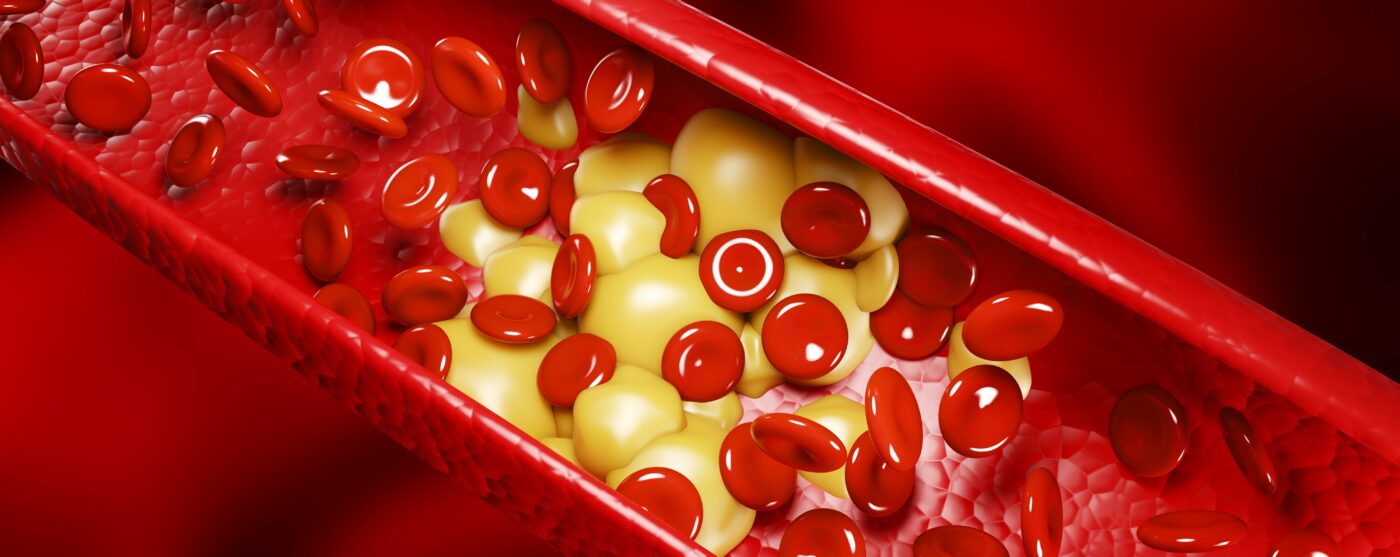本翻譯僅作學術交流用,無商業意圖,請勿轉載,如有疑議問請來信
最新研究發現,遠紅外線(FIR)治療可顯著誘導血紅素氧合酶-1(HO-1),有效抑制血管炎症。這項技術對於血液透析患者的血管健康至關重要,特別是在保持動脈靜脈瘻(AVFs)的血流和通暢方面展現了關鍵作用。研究通過實驗證明了FIR治療對降低炎症的潛力,為未來臨床應用提供了新的思路。
遠紅外線治療通過誘導血紅素氧合酶-1抑制血管內皮炎症
Far infrared therapy inhibits vascular endothelial inflammation via the induction of heme oxygenase-1
Chih-Ching Lin 1, Xiao-Ming Liu, Kelly Peyton, Hong Wang, Wu-Chang Yang, Shing-Jong Lin, William Durante
Affiliations expand
PMID: 18202320 PMCID: PMC2748062 DOI: 10.1161/ATVBAHA.107.160085
https://pubmed.ncbi.nlm.nih.gov/18202320/
摘要
目的:
動脈靜脈瘻(AVFs)在血液透析患者中的存活與遠紅外線(FIR)治療和血紅素氧合酶-1(HO-1)啟動子的長度多態性有關。在本研究中,我們評估了FIR輻射和HO-1之間是否存在相互作用,以調節血管炎症。
方法和結果:
用FIR輻射處理培養的人臍靜脈內皮細胞(ECs)刺激了HO-1蛋白,mRNA和啟動子活性。 HO-1的誘導依賴於抗氧化劑反應元件/NF-E2相關因子-2複合物的活化,並可能是熱應激的結果。 FIR輻射還抑制了腫瘤壞死因子(TNF)-α介導的E選擇素,血管細胞黏附分子-1,細胞間黏附分子-1,單核細胞趨化蛋白-1,白介素-8的表達,以及細胞因子介導的單核細胞對ECs的黏附。 FIR的抗炎作用可被膽紅模擬,並可通過HO抑制劑錫原卟啉-IX或通過HO-1的選擇性敲除而逆轉。最後,FIR的抗炎效果也在接受血液透析的患者中觀察到。
結論:
這些結果表明FIR治療通過誘導HO-1產生了強烈的抗炎效果。 FIR治療抑制炎症的能力可能在保持血液透析患者的AVFs的血流和通暢中起到關鍵作用。
Abstract
Objective:
Survival of arteriovenous fistulas (AVFs) in hemodialysis patients is associated with both far infrared (FIR) therapy and length polymorphisms of the heme oxygenase-1 (HO-1) promoter. In this study, we evaluated whether there is an interaction between FIR radiation and HO-1 in regulating vascular inflammation.
Methods and results:
Treatment of cultured human umbilical vein endothelial cells (ECs) with FIR radiation stimulated HO-1 protein, mRNA, and promoter activity. HO-1 induction was dependent on the activation of the antioxidant responsive element/NF-E2-related factor-2 complex, and was likely a consequence of heat stress. FIR radiation also inhibited tumor necrosis factor (TNF)-alpha-mediated expression of E-selectin, vascular cell adhesion molecule-1, intercellular cell adhesion molecule-1, monocyte chemoattractant protein-1, interleukin-8, and the cytokine-mediated adhesion of monocytes to ECs. The antiinflammatory action of FIR was mimicked by bilirubin, and was reversed by the HO inhibitor, tin protoporphyrin-IX, or by the selective knockdown of HO-1. Finally, the antiinflammatory effect of FIR was also observed in patients undergoing hemodialysis.
Conclusions:
These results demonstrate that FIR therapy exerts a potent antiinflammatory effect via the induction of HO-1. The ability of FIR therapy to inhibit inflammation may play a critical role in preserving blood flow and patency of AVFs in hemodialysis patients.
圖1圖1 遠紅外線(FIR)輻射40分鐘刺激人臍靜脈內皮細胞(HUVEC)中的HO-1蛋白(A)和mRNA(C)表達。遠紅外線(FIR)暴露後六小時,FIR輻射對HUVEC中HO-1蛋白(B)和mRNA(D)表達的持續時間依賴效應。結果為平均值 ± 標準差(n=3-5)。*FIR治療的統計顯著效應。
圖2圖2 遠紅外線(FIR)輻射40分鐘在FIR暴露後六小時刺激人臍靜脈內皮細胞(HUVEC)中的HO-1啟動子活性(A)。遠紅外線(FIR)輻射40分鐘刺激Nrf2蛋白表達(B)。遠紅外線(FIR)輻射對Nrf2蛋白表達的持續時間依賴效應(C)。結果為平均值 ± 標準差(n=3-6)。*FIR治療的統計顯著效應。
圖3圖3 遠紅外線(FIR)輻射40分鐘抑制TNFα(100ng/ml)刺激的人臍靜脈內皮細胞(HUVEC)中黏附受體表達(A)。遠紅外線(FIR)輻射對黏附受體表達的持續時間依賴效應(B)。遠紅外線(FIR)輻射抑制TNFα(100ng/ml,6小時)刺激的MCP-1(C)和IL-8(D)產生。結果為平均值 ± 標準差(n=3-4)。*遠紅外線(FIR)輻射的統計顯著效應。
圖4圖4 單核細胞黏附(A, C)和HO-1蛋白(B)在用HO-1或NT siRNA、遠紅外線(FIR)輻射處理,或在SnPP、BR、CO或Fe存在下暴露於TNFα的未處理人臍靜脈內皮細胞(HUVEC)中。結果為平均值 ± 標準差(n=3-6)。*與未處理細胞相比的統計顯著效應。† BR的統計顯著效應。



 English
English Bahasa Melayu
Bahasa Melayu Bahasa Indonesia
Bahasa Indonesia Tiếng Việt
Tiếng Việt ไทย
ไทย